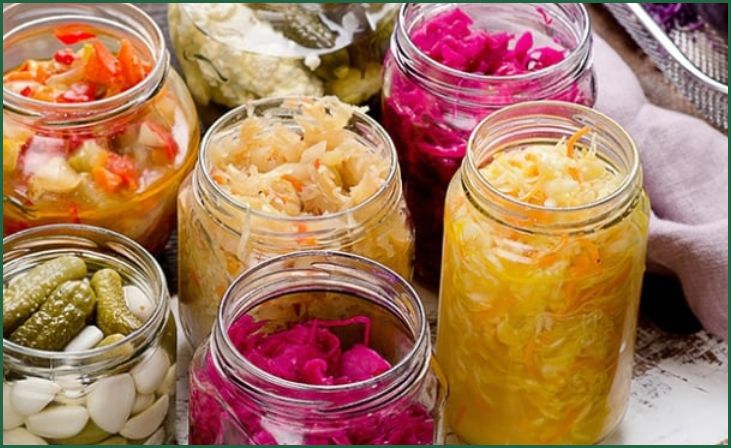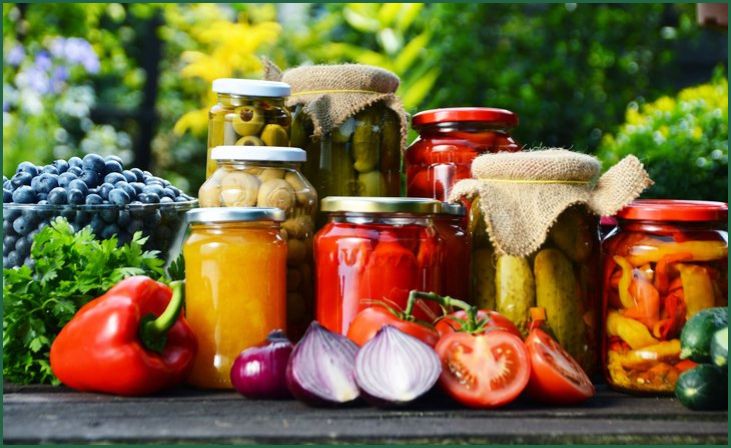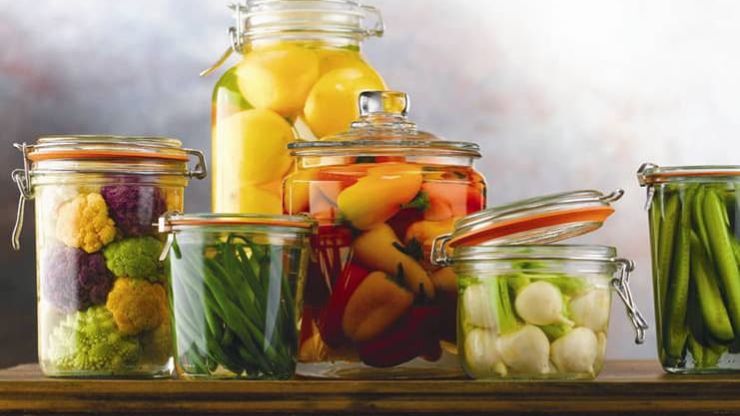Lacto-fermented foods are not only packed with flavor but also beneficial for your gut health. However, when the temperature drops, it can be a challenge to maintain the optimal conditions for successful fermentation. In this comprehensive guide, we’ll explore expert tips to help you master the art of making lacto-fermented foods even in cold weather.
Table of Contents
ToggleTips for Making Lacto-Fermented Foods in Cold Weather

Lacto-fermentation is a natural preservation process that involves the growth of beneficial bacteria, creating a tangy and probiotic-rich end product. Here are the tips to ensure successful fermentation during the colder months:
Embrace the Warmth: Choosing the Right Spot
Creating optimal conditions for lacto-fermentation in chilly weather involves selecting a suitable location. Prioritize warmth, as it encourages microbial activity. Choose a spot away from drafts and direct sunlight, maintaining a consistent temperature for the duration of fermentation. A cupboard near a heating source or an insulated corner of the kitchen can be ideal. With proper placement, you can successfully craft flavorful lacto-fermented foods even in the cold.
Also Read: Salts for Fermenting Foods
Insulate for Success: Wrapping Up Jars
In cold climates, insulating your fermenting jars is key for successful Lacto-fermentation. Once prepared, wrap the jars with towels or place them in an insulated container to maintain warmth. This added layer of insulation helps stabilize the fermentation process by preventing temperature fluctuations. By taking this extra step, you ensure that your lacto-fermented foods develop their full flavor and texture, even when the weather is cold.
Use a Slightly Longer Fermentation Period
Adapting to colder temperatures during lacto-fermentation involves extending the fermentation period slightly. The chilly environment slows microbial activity, so allowing more time ensures proper fermentation. Be patient and monitor the process; taste testing helps determine the optimal flavor and texture. By granting a bit more time, you can still achieve delicious and well-developed lacto-fermented foods even when the weather is cold.
Opt for Starter Cultures: Speeding Up Fermentation
Elevate your cold-weather lacto-fermentation with starter cultures to expedite the process. Beneficial microbes in starters accelerate fermentation, countering the sluggish pace caused by low temperatures. Incorporating starters ensures a consistent and timely outcome, maintaining the desired flavors and textures. By embracing this approach, you can successfully create delectable lacto-fermented foods even in chilly climates, without compromising on quality or taste.
Salt Wisely: Finding the Right Balance
Achieving successful cold-weather lacto-fermentation involves a balanced approach to salting. In lower temperatures, microbial activity is slower, so adjust salt levels accordingly. Use slightly more salt than usual to inhibit harmful bacteria and encourage the growth of beneficial ones. Regularly taste and test the progress to ensure the ideal flavor. By mastering this art of salting, you can craft delicious lacto-fermented foods even when the weather is cold, maintaining quality and safety.
Don't just scroll, subscribe!
BuzzTrail's unique web-stories are the cure for boredom you've been waiting for.
Also Read: Can You Ferment Different Foods in the Same Room?
Maintain Consistency: Avoid Temperature Fluctuations
Consistency is key in cold weather lacto-fermentation. Fluctuating temperatures can disrupt the process, leading to inconsistent results. Choose a stable location with minimal temperature variations. Keep ferments away from drafts and sudden temperature changes. This ensures a steady environment for microbial growth and ferment development. By maintaining unwavering conditions, you can successfully create reliable and flavorful lacto-fermented foods, even in chilly weather.
The Power of Bundling: Ferment in Batches

Harness the efficiency of batch fermentation when crafting lacto-fermented foods in cold weather. By fermenting in larger quantities, the collective heat generated helps maintain optimal temperatures. This strategy counters the challenges posed by chilly conditions, promoting consistent microbial activity. With batch fermentation, you can successfully overcome the cold and ensure a more efficient and reliable outcome, producing flavorful and nourishing lacto-fermented foods.
Incorporate expert insights for successful cold-weather lacto-fermentation. Prioritize warmth by choosing an insulated location and wrapping jars. Extend fermentation periods, use starter cultures, and adjust salt levels to accommodate lower temperatures.
Consistency is crucial; avoid temperature fluctuations. Embrace batch fermentation for efficient results. By following these insights, you can navigate the challenges of chilly conditions and create delicious, well-developed lacto-fermented foods with confidence.
Also Read: How Long Can You Leave Your Fermented Foods?
Conclusion
Making lacto-fermented foods in cold weather might present challenges, but with the right strategies and a touch of patience, you can enjoy the benefits of these delicious and probiotic-packed creations. By adjusting your techniques, embracing the warmth, and paying attention to the details, you’ll become a master of cold-weather fermentation in no time.
Frequently Asked Questions (FAQs)
Can I ferment in cold weather, and how does it affect the process?
Can I ferment in cold weather, and how does it affect the process?
Absolutely! Cold weather slows fermentation, but with a few adjustments, you can still succeed. Extend fermentation times, use a warmer spot, or add a touch more salt to keep those beneficial microbes active.
What are the best vegetables for cold-weather fermentation?
What are the best vegetables for cold-weather fermentation?
Cold-loving veggies like cabbage, carrots, and radishes are stars in winter ferments. Their robust flavors and textures hold up well, ensuring a satisfying outcome. Experiment with these, and watch your winter ferments flourish.

